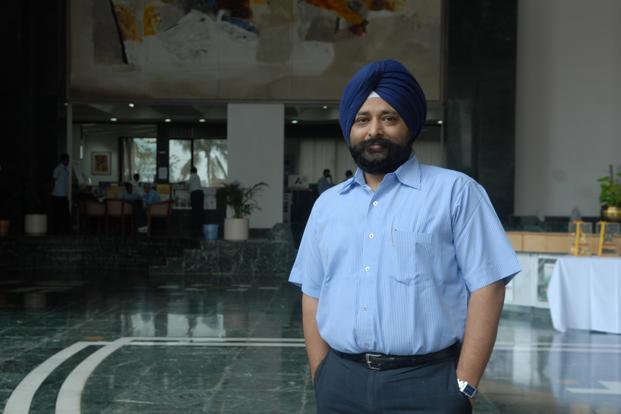UTI AMC has won the Morningstar Best Fund House – Debt Award 2019 for the fourth year in a row. Amandeep Chopra, Group President & Head of Fixed Income at UTI AMC, chats with Morningstar about how his fund house is navigating the fixed income space in 2019.

Congratulations on winning the Best Fund House – Debt Award for 2019. How was 2018 for you? What were your hits and misses?
Thank you for the award. Last year has been a very tumultuous for debt markets. The rates markets were very bearish with deteriorating macros, rate hikes and foreign portfolio investment outflows while the credit markets seemed to be fine for the first nine months. The IL&FS default shook the credit markets as well and the last three months saw a sharp improvement in the rates outlook but a strong negative trend for the credit markets.
Our biggest hits were the ability to manage the interest rate volatility during the year and the gradual reduction of risk in the financial sector exposure. The misses were underestimating the risk-off sentiment & re-financing squeeze for the financial sector in general and for select housing finance companies.
How do you plan to position your portfolios to avoid the increasing risks emerging in non-banking financial company (NBFC) space?
Our exposure to NBFCs has been taken in what we believe are strong asset financing entities after a well-researched process. The increased risk perception is a result of a liquidity shock, which we think is getting addressed with time and with Reserve Bank of India (RBI's) initiatives. We continue to stay invested in NBFCs as before and believe the actions undertaken by several NBFCs to address balance-sheet issues will reduce this risk perception meaningfully.
What filters do you apply while buying securities in your portfolio? What kind of companies/sectors do you avoid?
Security selection for portfolios is an outcome of the research process followed at UTI Mutual Fund. Investments are totally based on internal ratings and not on public ratings, which have shown to be out-of-sync too many times. We broadly focus on investing in companies where there is a visibility of cashflows to service debt rather than refinance or security liquidation. Our research process focuses on understanding the business model of companies and stress-testing the credit metrics and cash-flows to arrive at an investment universe from which fund managers choose companies.
What’s your reading of the interest rate scenario? Where do you see interest rate heading in 2019?
The year 2019 is a mirror image of 2018 for interest rates. The key concerns (strong global growth, rising commodity prices, hawkish Fed, emerging market sell-off and domestic current account deficit & inflation scare) that led to the sharp increase in benchmark rates have all moderated with a few factors reversing as we enter 2019. Positive global tailwinds and expected easing by RBI make the rate outlook constructive. However, some of these get offset by concerns on the fiscal deficit for FY20 and possibly lower Open market operations. Thus, a clear case for anything more than a very shallow rate easing cycle is not visible to us at present, provided all the pieces fall in place.
Do you think interest rate cycles are getting compressed? How do you tackle this as an active bond manager?
Yes, the interest rate cycles in India have generally been much shorter than that for say the US. The added element now is the rise in volatility. Even though in 2018 the 10-year benchmark opened and closed at the same level, the volatility during the year was almost as high as for NIfty50! As an active bond manager, our strategy horizon is also getting shorter and we have been more dynamic in changes to portfolios. This has increased the portfolio turnover ratios.
Choosing debt funds can be difficult for retail investors. What would you advise them while selecting a debt fund to invest? What factors should they look at?
Presently, the real rates are very attractive for investing in fixed income funds. Furthermore, the spreads on corporate bonds, state development loans are also among the highest. Investors can build a low risk/volatility fixed income portfolio by investing in funds having a combination of income accrual and short-term duration funds. We think investors should not shy away from taking a moderate risk by allocating a small portion of their portfolio to credit risk funds, which have a very minimal exposure to low rated (A rated and below) and unrated papers as well as due to the credit spreads being elevated.